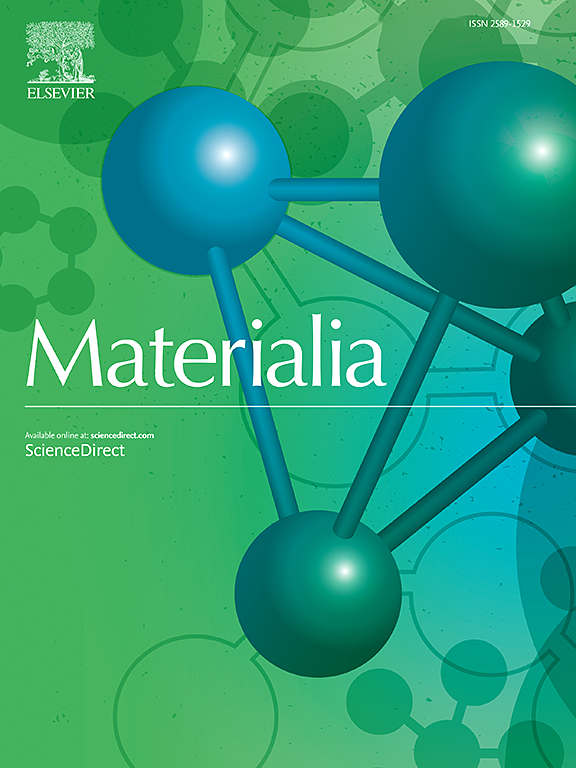The evolution of microscopic damage mechanisms during actuation fatigue cycling in high temperature shape memory alloys
IF 3
Q2 MATERIALS SCIENCE, MULTIDISCIPLINARY
引用次数: 0
Abstract
Shape memory alloys (SMAs) offer an alternative lightweight and compact option to conventional actuators as solid-state actuators due to their high energy density. Before commercial use in the automotive or aerospace industries can be realized, the durability and functionality of high temperature SMAs (HTSMAs), with operating temperatures exceeding 100 °C, need to be characterized by examining the actuation fatigue properties. Macroscopic evaluation has been well-documented, but to further improve the thermomechanical response and actuation fatigue then the governing microscopic damage mechanisms need to be identified. With this motivation, the effects of upper cycle temperature (UCT) levels on actuation fatigue properties of a Ni-rich Ni50.3Ti29.7Hf20 HTSMA were investigated in combination with high energy synchrotron radiation X-ray diffraction (SR-XRD) experiments. Fatigue tests were performed to compare three UCT levels above austenite finish (Af) temperature under a constant load of 300 MPa and SR-XRD was used to determine the residual micro-strains associated with accumulated strain. Overheating much greater than the Af (in this case, >100 °C) transformation temperature leads to oxidation and slip deformation associated with grain growth. Whereas operating at temperatures slightly above Af (<100 °C) was shown to extend fatigue life by preferring twinning deformation. Existing defects and high strain rate conditions will cause actuation strain degradation as a consequence of multiple transformation fronts accumulating stress concentrators at these initiation sites. Lower UCT allows damage deformation to propagate slowly across the sample so that deformation is primarily associated with twinning mechanisms before slip for the duration of the fatigue test.

求助全文
约1分钟内获得全文
求助全文
来源期刊

Materialia
MATERIALS SCIENCE, MULTIDISCIPLINARY-
CiteScore
6.40
自引率
2.90%
发文量
345
审稿时长
36 days
期刊介绍:
Materialia is a multidisciplinary journal of materials science and engineering that publishes original peer-reviewed research articles. Articles in Materialia advance the understanding of the relationship between processing, structure, property, and function of materials.
Materialia publishes full-length research articles, review articles, and letters (short communications). In addition to receiving direct submissions, Materialia also accepts transfers from Acta Materialia, Inc. partner journals. Materialia offers authors the choice to publish on an open access model (with author fee), or on a subscription model (with no author fee).
 求助内容:
求助内容: 应助结果提醒方式:
应助结果提醒方式:


